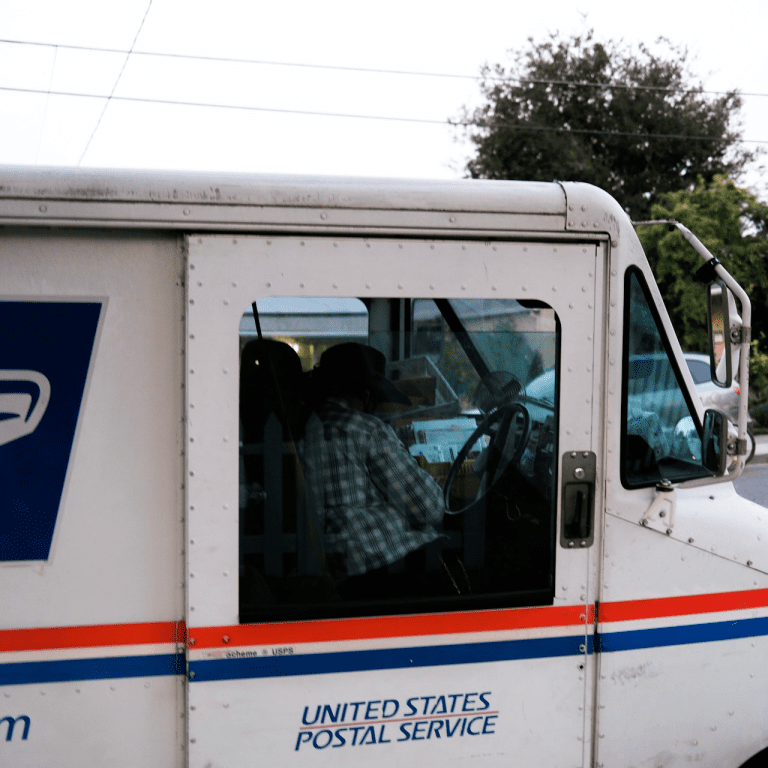Key Takeaways
-
If you’re eligible for Medicare in 2025 and enrolled in a Postal Service Health Benefits (PSHB) plan, not enrolling in Medicare Part B could increase your out-of-pocket costs and limit your benefits.
-
The PSHB program now integrates with Medicare, and skipping Part B enrollment when required could result in loss of prescription drug coverage and other penalties.
Why This Matters Now More Than Ever
The transition from the Federal Employees Health Benefits (FEHB) Program to the Postal Service Health Benefits (PSHB) Program has changed how health coverage works for Postal Service employees and annuitants. A critical but often misunderstood part of this transition involves Medicare.
In 2025, the PSHB program requires certain annuitants and their eligible family members to enroll in Medicare Part B to retain full benefits. Some retirees assume they don’t need Medicare if they have PSHB coverage—but that assumption can have financial consequences and even lead to a reduction in benefits.
Who Must Enroll in Medicare Part B?
If you’re enrolled in a PSHB plan and are eligible for Medicare in 2025, you may be required to enroll in Medicare Part B. The requirement applies if:
-
You are a Postal Service annuitant (retiree) entitled to Medicare Part A.
-
You turned 65 before or during 2025 and do not meet any exception criteria.
-
You have eligible family members who are also Medicare-eligible.
Exemptions include:
-
Annuitants who retired on or before January 1, 2025, and were not already enrolled in Medicare Part B.
-
Individuals living abroad.
-
Individuals receiving health care from the VA or Indian Health Service.
If you meet the criteria but don’t enroll, you could face benefit reductions or the loss of PSHB drug coverage.
What Happens If You Don’t Enroll in Medicare Part B?
Failing to enroll in Medicare Part B when required can lead to significant downsides:
-
Loss of Prescription Drug Coverage: Medicare-eligible PSHB enrollees automatically receive drug coverage through a Medicare Part D Employer Group Waiver Plan (EGWP). Opting out of Medicare Part B may disqualify you from this, leaving you without any PSHB drug coverage.
-
Higher Out-of-Pocket Costs: Without Medicare Part B as primary coverage, you may pay higher copayments, coinsurance, and deductibles for services like outpatient visits, lab work, durable medical equipment, and preventive care.
-
Late Enrollment Penalties: If you decide to enroll in Medicare Part B later, you could face a permanent late enrollment penalty that increases your monthly premium by 10% for every 12-month period you were eligible but not enrolled.
The Role of Medicare Part A and Part B in PSHB
While Medicare Part A is usually premium-free and covers inpatient care, Medicare Part B covers outpatient services and requires a monthly premium. The PSHB program assumes you’ll be enrolled in both if you’re eligible.
Here’s how they work together:
-
Medicare pays first, covering its share of eligible services.
-
Your PSHB plan pays second, covering most of the remaining costs.
-
In many cases, your out-of-pocket expenses are reduced, or eliminated entirely, when both coverages are in place.
This coordination improves your protection against high medical costs.
Why PSHB Plans Expect You to Have Medicare
PSHB plans are now designed with Medicare integration in mind. For example:
-
Some plans waive their deductibles if you have Medicare Part B.
-
Coinsurance or copayments may be significantly lower.
-
Prescription coverage is provided through Medicare Part D for Medicare-eligible enrollees.
This structure lets the PSHB plans keep premiums stable while offering broader coverage—but only if Medicare is also in place.
When You Should Enroll in Medicare
You’re first eligible to enroll in Medicare during your Initial Enrollment Period (IEP):
-
Starts three months before the month you turn 65.
-
Includes your birthday month.
-
Ends three months after your birthday month (7-month window).
If you miss the IEP and you are not actively working (which is the case for most annuitants), you may have to wait for the General Enrollment Period (January 1 to March 31) and face late penalties.
Postal annuitants who were affected by the 2025 PSHB transition were given a Special Enrollment Period (SEP) from April 1 to September 30, 2024. This SEP allowed them to enroll in Medicare Part B without penalty. If you missed that window and are now required to have Part B, you may need to enroll during the GEP and pay the late fee.
Misconceptions That Can Lead to Higher Costs
Let’s address some common misunderstandings that can cost you in the long run:
-
“I already have PSHB, so I don’t need Medicare.” You may be required to have Medicare for full benefits. Without it, you could lose drug coverage and pay more for care.
-
“Medicare is optional if I’m retired.” Not under PSHB. For most annuitants, enrolling in Medicare Part B is now part of maintaining full PSHB benefits.
-
“I’ll just wait and enroll in Medicare later if needed.” Waiting can lead to late enrollment penalties and limited coverage during that gap.
-
“My spouse isn’t a federal employee, so they’re not affected.” If your spouse is covered under your PSHB plan and is Medicare-eligible, they’re subject to the same rules.
What About Prescription Drug Coverage?
This is one of the biggest areas where Medicare Part B enrollment affects you.
PSHB plans automatically enroll eligible members into a Medicare Part D Employer Group Waiver Plan (EGWP) for prescription coverage. This includes:
-
A $2,000 out-of-pocket cap for prescription drugs in 2025.
-
Access to a broad pharmacy network.
-
Insulin cost capped at $35 per month.
However, if you are required to have Medicare and choose not to enroll in Part B, you cannot be enrolled in the Part D EGWP—and you lose access to this prescription drug coverage under PSHB.
Long-Term Effects on Your Health Coverage
The consequences of skipping Medicare go beyond just a single year:
-
Your health expenses could be much higher every year.
-
You could permanently lose access to drug coverage.
-
You may be forced to use less favorable coverage terms under PSHB, since the plan won’t coordinate benefits with Medicare.
What seems like a small decision in 2025 can create a long-term financial and medical burden.
What You Should Do Next
If you’re a Postal Service annuitant and approaching or past age 65, here are your immediate action steps:
-
Confirm your Medicare eligibility and check if you’re required to enroll in Part B.
-
Review your PSHB plan materials to understand how benefits are coordinated with Medicare.
-
Evaluate the cost of Medicare Part B premiums compared to the potential increase in out-of-pocket costs if you skip it.
-
Seek guidance from a licensed agent listed on this website to make sure you’re not missing any deadlines or critical coverage steps.
Don’t wait until you’re hit with unexpected bills or lose coverage—this is one health decision you want to be proactive about.
Understanding Your Role in Coordinated Coverage
With PSHB and Medicare working together, you’re no longer just a passive participant in your health benefits. You need to:
-
Be aware of your Medicare enrollment status.
-
Keep track of your coverage periods and deadlines.
-
Know which family members are also subject to Medicare requirements.
Managing this coordination well means better coverage, fewer out-of-pocket surprises, and a more secure retirement.
Protect Your Benefits by Taking Medicare Seriously
You’ve earned the right to a reliable healthcare safety net. But with the PSHB program’s 2025 changes, relying solely on your postal health plan without Medicare could leave you exposed.
Take the time to understand your obligations. Then act. By coordinating your PSHB benefits with Medicare the way they’re intended to work, you’ll protect not just your coverage—but your financial security in retirement.
For help understanding your options and making informed decisions, get in touch with a licensed agent listed on this website.










